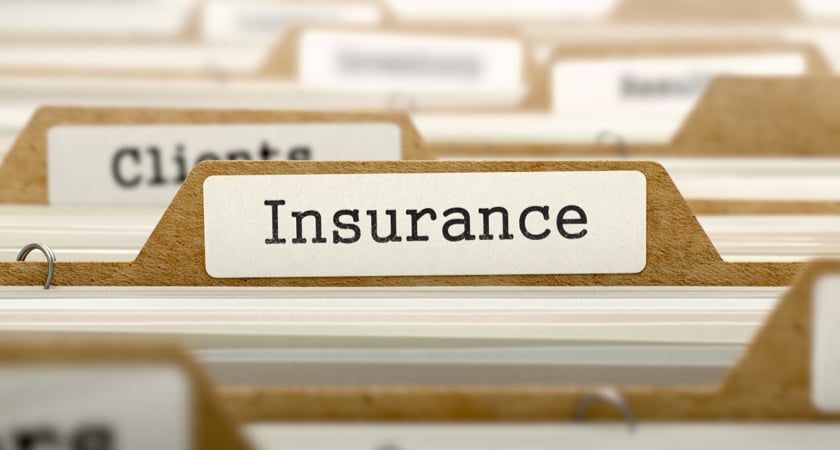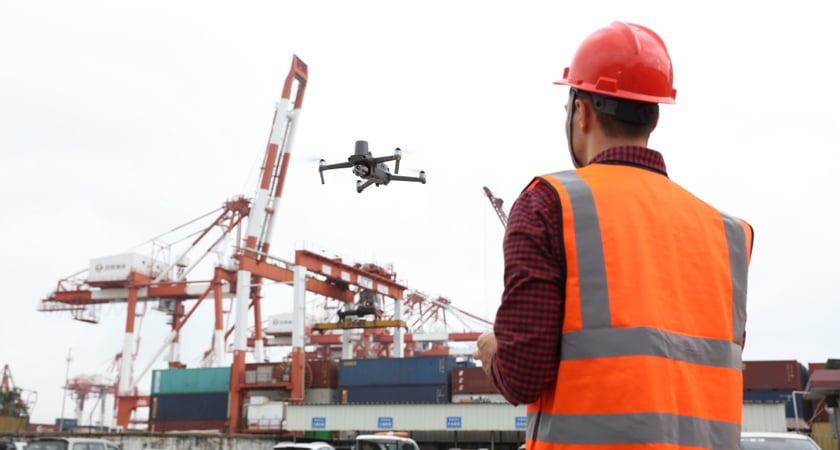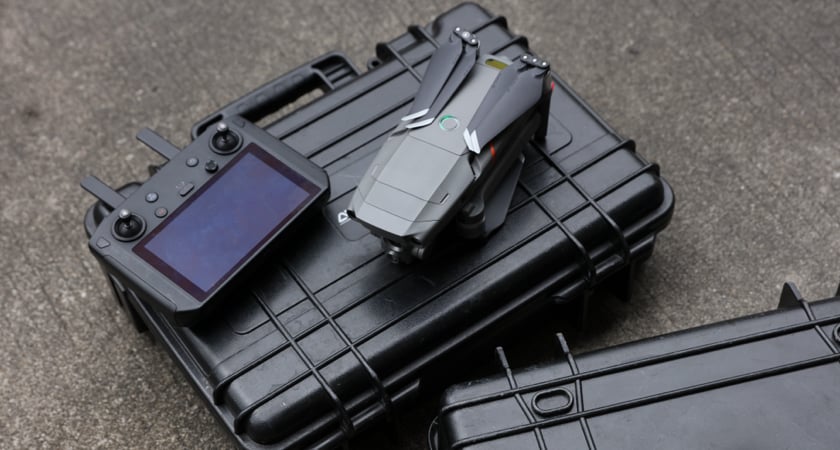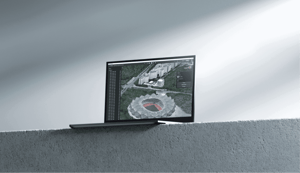Commercial drone pilots tend to be a prudent group. Risk management — whether through practice runs or planning — is built into the foundation of the work. And part of risk management is protecting you and your organization to avoid being held liable for an incident resulting from a drone flight. No amount of foresight and preparation can protect your organization and assets from all potential liability risks, which is why obtaining insurance for your drone operations can be important.
If you’re looking to use your drone for commercial purposes, ensuring you are insured for liability from drone operations should be a top priority. Here’s what you need to know about commercial drone insurance plans and how to find the right one for your organization.

Do I need drone insurance?
While drone insurance isn’t required in the U.S. the same way car insurance is, having it can still be the smart — and right — thing to do. Some potential customers won’t even consider doing business without it.
An insurance policy offers protection to your business and prevents an unfortunate situation from proving ruinous in the long term. Unfortunately, drone-related incidents can happen because of equipment malfunctions, pilot error, or factors beyond your control, even if you’ve properly trained and registered as a commercial drone pilot. Using high-quality drone equipment, maintaining it properly, and tracking your operations can reduce your risk, but an insurance policy is still a smart investment.
These kinds of incidents can carry significant liability risks for your business. When your drone goes into the air, you and your business could be held responsible for any third-party damage it may cause. In addition to protecting the assets you already have, an insurance policy can help you grow your business. Clients like to see responsibility, and flying insured indicates you operate professionally and take safety seriously. A drone insurance policy means that your stakeholders can rest easy.
Drones have proven to be the safest form of aviation the world has ever known. We have calculated there were 88 million drone flights in 2019 in the United States alone, and since there has never been a fatal accident from a drone flight, the fatality rate for drone aviation is zero – better than every other type of flight. And since most drone flights do not occur over people or in densely populated areas, drone incidents are unlikely to routinely imperil people nearby. Still, for a prudent pilot whose business is drone flight, drone insurance offers protection from claims of bodily injury or property damage.

What are my coverage options?
There are two types of commercial drone insurance: liability and hull. It’s important to understand the difference between the two and recognize what kind of coverage each promises. Ideally, enterprise drone users should have both types of insurance.
Liability Insurance
Drone liability insurance is a type of coverage meant for third-party incidents such as bodily injury or property damage, as well as what’s called personal and advertising injury — which means that a third party has incurred harm besides a bodily injury.
A typical drone insurance policy will provide you $1 million in coverage. But it is not uncommon to see larger firms demand higher limits of standard minimum liability (around $2.5 million) when more risk is involved.
Hull insurance
Hull insurance is for damage to your drone itself. This can include anything from the lost value of a UAV to labor costs involved in the repair. Depending on your policy and provider, hull coverage can include payment if your drone is stolen. Specific policies vary in the kinds of damage they cover, so be sure to read carefully if you’re worried about a certain kind of damage.
The hull premium, or the amount you’ll have to pay out of pocket, is based on the value of the drone and its equipment, including cameras and sensors. Generally, this is calculated using a percentage of the insured value of the drone. When shopping for hull insurance, be sure to consider the value of the many accessories you have surely acquired for your drone, from spare propellers and batteries to additional controllers and data storage systems. Hull insurance plans will also often have deductibles, which are not nearly as common for liability coverage. An insurance broker may also ask you for information about the industry you’re working in, where you’ll typically be flying, and the kind of training you’ve received.

Making sure you’re getting the right coverage
Notably, it’s important to ensure you’re purchasing a policy made specifically for drones. As a commercial drone pilot, you probably already have experience insuring your business. The typical insurance provider, however, does not cover the use of a drone. Drones are classified by the U.S. government as a form of aircraft and any mishap arising from their use may not typically be covered by a general liability policy. Without the specialized coverage listed above, you’re on the hook for any third-party bodily injury, personal injury, or property damage claims.
To play it safe, be sure to get your policy reviewed by an insurance agent before you sign anything. Policies that don’t cover aircraft should include a specific exclusion clause (conveniently listed in alphabetical order). However, even without a written exclusion, you should still look for a policy that explicitly covers drones. If you do not see any mention of drone coverage in your policy, assume you will be taking to the skies unprotected.
How much does drone insurance cost?
Commercial drone insurance is similar to insurance in most other industries, with extremely variable pricing based on the unique needs of an individual drone pilot and the risk of their work. Because of the varied nature of drone use, including time frames and liability limits, rates, and payment plans can be priced anywhere from $5/hour to up to $1,000/year. Insurance liability limits, meanwhile, range from about $500,000 to as much as $10 million.
Notably, pricing trends often vary between hull insurance and liability insurance premiums. It’s not uncommon to see hull insurance premiums go up over time or to watch liability premiums decrease after a consecutive period of coverage without incidents or claims. The pricing pattern reflects the frequency of hull claims compared to liability claims, with insurers gaining more loss history in this ever-evolving field.
Before zeroing in on a drone insurance policy or deciding what liability limit you need to set, be sure to ask yourself:
- What are the potential risks associated with your organization’s work?
- What kind of coverage do my clients expect?
- What is the timeline of my work? Per project, seasonal and year-round coverage options all exist.
- Do I need both liability and hull policies?
Whatever plan you decide on, it’s important to ensure you’ll be receiving a Certificate of Insurance (COI), also known as a proof of purchase, with your policy document. The COI should include key information like the policyholder’s full name, the policy period, policy number liability limit, and any additional insured staff. Many clients will ask you to show your COI before you start a job.

While your inner penny-pincher may want to put off paying for drone insurance, the right policy has the potential to offer long-term savings. In addition to the added peace of mind, holding a commercial drone insurance policy sends a powerful message to potential customers about the safety and professionalism of your business. You can also consider a protection plan for basic problems like collisions and water damage. For issues like these, you can count on DJI Care Enterprise, our own coverage plan for our drones.




